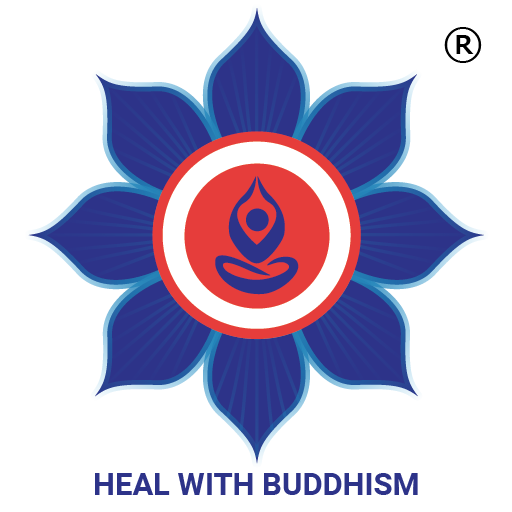Around the world, Buddhism is considered to be a religion by some and a philosophy by others. It is the 4th largest religion in the world with over 500 million followers, or closer to 7-8% of global population. To many of those followers, it may appear as a religion branched out of Hindunism or Jainism due to the similar concepts like Karma [Law of energy reaction] and 2500 years of cultural influence. On the other hand there is no doubt that many philosophers in the east and the west were, are and will be influenced by Buddhism.
But only those who dive deep in to Buddhism would agree that it is a teachings that goes beyond a religion or a philosophy, set out to reach an eternal state of mind without the belief of a supreme GOD.
According to the last word of Gautham Buddha, each era of Buddhism will contain three components known as Three-Rathna [ triple gem]:
- Buddha, the one with the state of mind to uncover the universal truth.
- Teachings of Buddha, which contains Dhamma the universal truth [loka sathya] and
Vinaya, the rules and procedures set out for those who seek the eternal state of Nibbhana.
- Sangha, the Buddhist monastic order traditionally composed of monks, nuns, laymen & laywomen.
Over the last 2500 years, Buddhist scholars have divided themselves in to 3 branches, which Theravada Buddhism is considered to be the original school of Buddhism over Mahayana & Vajrayana. Its central texts [Thripitaka] was vocally passed and written in Pali [Magadhi] language, which was spoken by Lord Buddha.
Theravada Pali Canon is known to contain 84000 collections of Dhamma, which is divided in to 3 main chapters including
- Sutra Pitaka [basket of discourses]
- Vinaya Pitaka [basket of rules and procedures to govern the Buddhist monastic community]
- Abhidharma Pitaka [Basket of higher doctrine that contains highly technical and detailed scholastic analysis of Buddha’s teachings].
Over the last 2500 years, Buddhism has attracted many scholars and scientist around the world due the enormous amount of knowledge it carries in relation to many disciplines including cosmology, quantum physics, education, governance and most importantly psychology. Albert Einstein [considered to be the father of modern physics] and Sir Arthur C Clarke [considered to be a futurist who had the vision of satellite technology] were among those who believed Buddhism to be the cosmic religion of future.
As a born Buddhist with western education I see Buddhism as source of knowledge that can advance modern science including western medicine. I also consider it as a teaching that can be learned and practiced by any human being despite of their religious or cultural values. Keeping this in mind, AROGYA PTY LTD presents “Heal with Buddhism” a unique wellbeing program that intergrades modern medical knowledge with Buddhist teachings.
Note to the readers:
As the readers of my blog, you may note that I will be using lots of original Pali words in my articles. If you are already acquaintance with Buddhism, you know that the English language doesn’t have direct translations to most Pali words. If you are new to Buddhism, I hope the use of Pali words will encourage you to do some research on your own.

